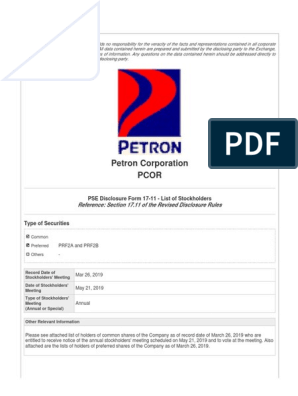0% found this document useful (0 votes)
288 views11 pagesBusiness Law - Companies Act
The document discusses Memorandum of Association (MOA) and Articles of Association (AOA) for a private company.
The MOA specifies the scope of business activities and shareholding information of the company. It includes clauses for the company name, registered office location, objectives, member liability limits, share capital, and original subscriber details.
The AOA defines the internal rules and regulations for company management. It establishes rights and obligations between the company and members. Key provisions include procedures for share/debenture transfers, director qualifications, and appointment of auditors. Together, the MOA and AOA form the company's constitution.
Uploaded by
Sona RawatCopyright
© © All Rights Reserved
We take content rights seriously. If you suspect this is your content, claim it here.
Available Formats
Download as DOCX, PDF, TXT or read online on Scribd
0% found this document useful (0 votes)
288 views11 pagesBusiness Law - Companies Act
The document discusses Memorandum of Association (MOA) and Articles of Association (AOA) for a private company.
The MOA specifies the scope of business activities and shareholding information of the company. It includes clauses for the company name, registered office location, objectives, member liability limits, share capital, and original subscriber details.
The AOA defines the internal rules and regulations for company management. It establishes rights and obligations between the company and members. Key provisions include procedures for share/debenture transfers, director qualifications, and appointment of auditors. Together, the MOA and AOA form the company's constitution.
Uploaded by
Sona RawatCopyright
© © All Rights Reserved
We take content rights seriously. If you suspect this is your content, claim it here.
Available Formats
Download as DOCX, PDF, TXT or read online on Scribd
/ 11

























































































